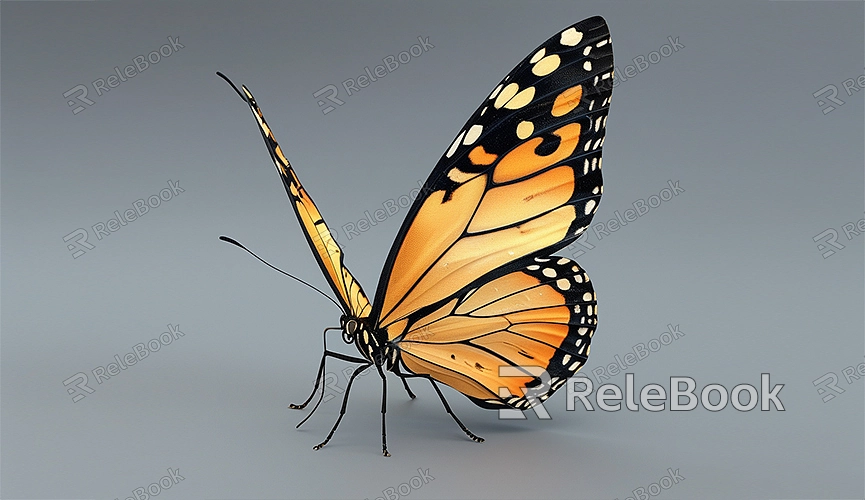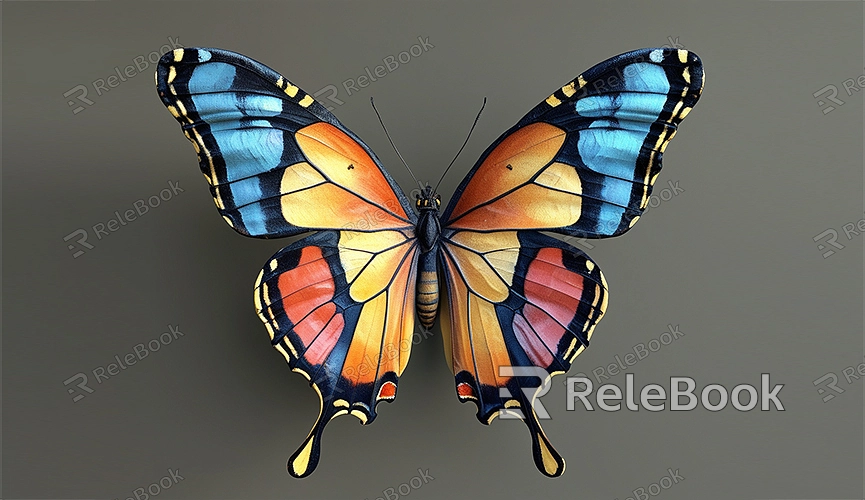How to Make a 3D Model in Clip Studio Paint
Clip Studio Paint (CSP) is a powerful drawing software that is not only suited for 2D drawing and comic creation but also allows for the creation of simple 3D models. This article will guide you through the steps to create 3D models in Clip Studio Paint, helping you master this skill with ease.
Preparation
Before starting to create a 3D model, make sure you have Clip Studio Paint installed and are familiar with its basic operations. Note that the 3D features may not be available in all versions, so ensure your version supports 3D model creation.

Importing 3D Materials
CSP comes with some basic 3D materials that you can use directly. For more diverse 3D materials, you can download or purchase them online.
1. Open Clip Studio Paint and create a new canvas.
2. From the top menu bar, select “File” > “Import” > “3D Material.”
3. Choose the 3D model you need from CSP’s built-in material library or import 3D materials that you have downloaded to your computer.
Adjusting 3D Models
After importing a 3D model, you can adjust it to better integrate with your artwork.
1. Use the “3D Operation” tool in the toolbar to click and select the imported 3D model.
2. In the right-side properties panel, you can adjust parameters such as the model's size, rotation angle, and position. Drag the sliders to see the model’s changes in real-time.
3. For more precise adjustments, use the “Bone Operation” tool to make detailed modifications to the model's parts, such as adjusting the limbs of a character model to fit your creative needs.

Adding Textures to 3D Models
To make your 3D model more realistic and vivid, you can add textures. CSP supports importing external texture files and applying them to 3D models.
1. With the 3D model selected, find the “Material” option in the properties panel.
2. Click the “Add Material” button to import the texture files you have prepared. You can use common image formats like PNG and JPG.
3. After importing the texture, adjust the UV coordinates to modify how the texture displays, ensuring it appears correctly on the model.
Creating Animations
In addition to static 3D models, CSP also supports creating simple 3D animations. You can set keyframes for the model and generate animation effects.
1. In the timeline panel, select the 3D model you want to animate.
2. Use the “Keyframe” tool to set the starting and ending positions of the animation on the timeline.
3. Adjust the position and angle of each keyframe, and CSP will automatically generate intermediate frames to create smooth animation.
Exporting 3D Models
After completing your 3D model, you can export it for use in other projects or continue working on it within CSP.
1. From the menu bar, select “File” > “Export” > “3D Model.”
2. Choose the export format you need, such as OBJ or FBX, and select the save location.
3. After exporting, you can continue editing the model in other 3D software or apply it to other projects.
If you need high-quality 3D textures, HDRIs, or downloadable 3D models for creating models and virtual scenes, you can download them from Relebook. Simply import the textures and 3D models into your project for immediate use.
By following these steps, you can easily create 3D models in Clip Studio Paint and apply them to various creative projects. Whether for comics, illustrations, or animations, CSP’s 3D features can greatly enhance your work. We hope this article helps you, and happy creating!

